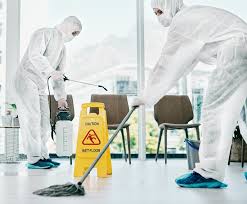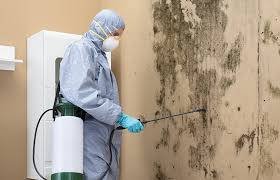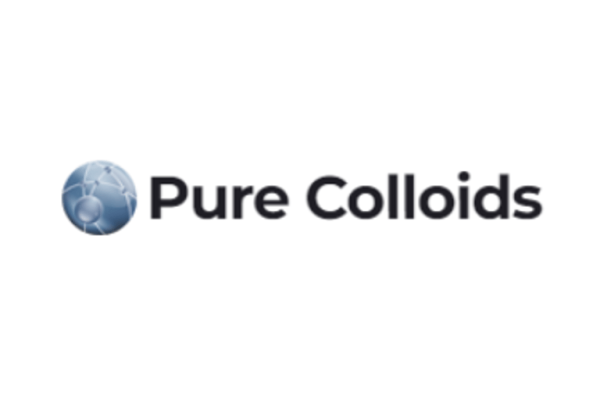Biohazards pose serious health and environmental risks if not handled properly. From blood and bodily fluids to chemical spills and infectious materials, the process of biohazard removal is essential for ensuring safety in homes, businesses, crime scenes, and accident sites. This detailed guide explores the critical aspects of biohazard cleanup, its importance, procedures, and how to choose the right professionals for the job.
What Is Biohazard Removal?
Biohazard removal refers to the safe cleanup, disinfection, and disposal of biological substances that pose a threat to human health. These hazards include:
-
Bloodborne pathogens
-
Human or animal remains
-
Chemical and medical waste
-
Mold infestations
-
Feces, urine, or vomit
-
Used needles or sharps
The process involves specialized techniques and protective equipment to eliminate all contaminants and restore the environment to a safe, habitable state.
Why Is Biohazard Cleanup Important?
Failure to properly clean biohazardous materials can result in:
-
Spread of disease: Bloodborne pathogens such as HIV, hepatitis B, and hepatitis C can remain infectious for days.
-
Structural damage: Biological waste can seep into floors, walls, or HVAC systems, causing long-term damage.
-
Emotional trauma: Scenes involving death, violence, or hoarding can be deeply distressing for family members or property owners.
-
Legal issues: Improper disposal of biohazard waste can lead to legal penalties and environmental fines.
Common Scenarios Requiring Biohazard Removal
-
Crime Scenes
After a violent crime, blood and bodily fluids must be cleaned and disinfected to prevent contamination and disease transmission. -
Unattended Deaths
When a person dies and isn’t discovered for days or weeks, decomposition can pose serious health risks. -
Accidents and Trauma
Workplace accidents, vehicle crashes, or home injuries may result in biohazardous conditions. -
Hoarding Cleanup
Homes of hoarders often contain mold, waste, pests, and human or animal waste. -
Meth Lab Cleanup
The chemicals used in methamphetamine production are toxic and require specialized remediation. -
Infectious Disease Outbreaks
Locations exposed to diseases such as COVID-19, Ebola, or tuberculosis need thorough disinfection.
Step-by-Step Process of Biohazard Removal
1. Assessment and Planning
The cleanup team begins with a thorough site assessment. Hazards are identified, and a custom remediation plan is developed.
2. Securing the Area
To prevent contamination, the affected area is sealed off. Signs are placed to alert others to avoid the site.
3. Personal Protective Equipment (PPE)
Technicians wear specialized PPE, including:
-
Gloves
-
Face shields
-
Full-body suits
-
Respirators or N95 masks
4. Biohazard Cleanup
Using hospital-grade disinfectants, technicians clean blood, fluids, and other biohazards. Advanced equipment such as ozone generators or UV light may be used.
5. Odor Removal
Decomposition or chemical spills can cause persistent odors. Industrial deodorizers and HEPA filtration systems are used to remove these smells.
6. Proper Waste Disposal
All biohazardous waste is sealed, labeled, and transported to a licensed medical waste disposal facility in compliance with OSHA and EPA regulations.
7. Final Inspection
The area is inspected to ensure it is fully disinfected and safe for reoccupation. Clearance documentation may be provided for insurance or legal purposes.
Safety Standards and Regulations
Biohazard cleanup must comply with several regulatory guidelines:
-
OSHA Bloodborne Pathogens Standard (29 CFR 1910.1030): Protects workers from exposure to bloodborne diseases.
-
EPA Guidelines: Regulate disposal of hazardous waste and use of cleaning agents.
-
CDC Recommendations: Guide procedures for infection control and disease prevention.
-
State and Local Regulations: Each state may have additional rules for biohazard handling and disposal.
DIY vs. Professional Biohazard Removal
DIY biohazard cleanup is strongly discouraged. Even small spills can harbor harmful pathogens invisible to the naked eye. Here’s why professionals are essential:
| DIY Risks | Professional Advantages |
|---|---|
| Lack of training | Certified and OSHA-compliant |
| Inadequate equipment | Uses industrial-grade PPE and tools |
| Legal and health liabilities | Insured and properly licensed |






